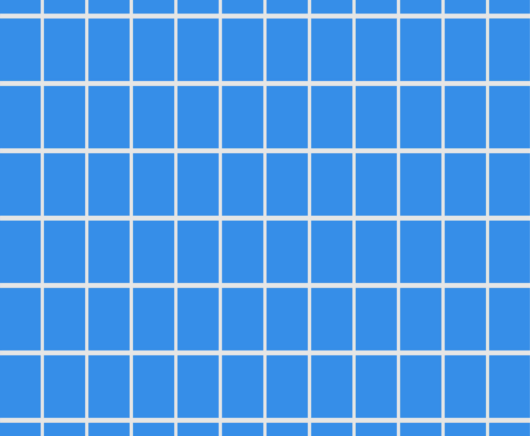Extendible hash table–Deletion I

Building data structures is fun, until you need to actually implement all the non core stuff. In the previous post, we covered iteration, but now we have to deal with the most annoying of features, deletions. In some data structures, implementing deletions can take significantly more time and effort than all other work combined. Let’s see what it takes to handle deletions in the hash table as it stands.
I started things out by just scanning for the right value and removing it verbatim. Here is what this looked like:
This works. The value is removed, future modifications or queries can run and everything Just Works. Even overflow operations will just work, including if we deleted all the data from a piece, it will still be marked as overflow and queries / modifications will proceed to get the right value from the right place.
In particular, we are missing handling for overflows and compaction. Overflows inside a page happens when we have can’t fit a key value pair in its natural piece (a 64 bytes boundary inside the page), so we place it on a nearby piece. Compaction happens when we removed enough data that we can merge sibling pages and free a page from the system.
Let’s handle the overflow case first, because it is easier. One option we have for handling overflows is to check if there is any overflow for a page, and after freeing some memory, check the next pieces for keys that we can move to our piece. That is actually quite complex, because there are two types of such keys. The first type refers to keys that belong directly to the piece we removed from, but the second type of keys that we have in play here are keys that overflow past this piece.
In other words, let’s say that we deleted a value from piece #17. We need to check pieces 18 – 33 for keys that belong on piece #17. That is the first type. The second type is to check the next pieces for keys whose native location is earlier than piece #17. The idea is that we’ll place that data nearer its ideal location.
The problem here is that we now have to do a lot of work on deletion, and that isn’t something that I’m a fan of. One of the common use cases for deletes is massive deletes, so we’ll spend time re-arranging the keys, only to have them deleted immediately afterward. Instead, I think that I’ll take advantage on the organization of pieces in the hash table. Instead of handling overflows whenever a delete is issued, we’ll handle them only when a piece is emptied. That also means that we can be sure that we’ll have space for the keys we want to move.
Here is what I came up with at 2:30 AM:
I’m not happy about this, though. It does the job, but you’ll note one thing it does not do. It doesn’t clear the overflow flag. This is because overflow is a transitive property. That is, I may have moved all the keys that belong to a piece to that piece, and no other piece have keys that belong to it. But keys that belong to previous pieces may be located on pieces after it. If we want to clear the overflow flag, we need to be ready to do a whole lot more.
But that is something that I’ll do at a more reasonable hour.
Woah, already finished? 🤯
If you found the article interesting, don’t miss a chance to try our database solution – totally for free!



